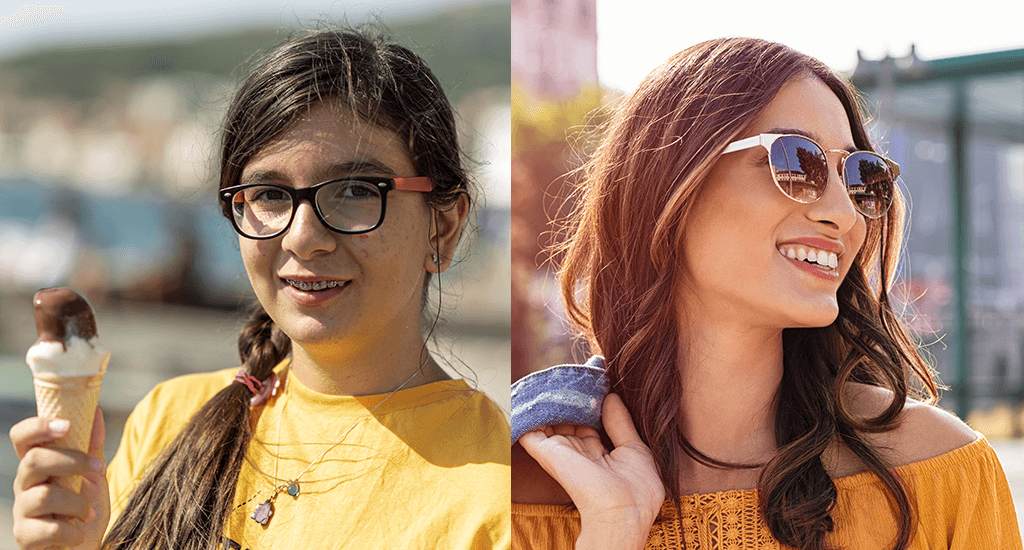glow-up

glow-up o glo-up – sostantivo e verbo
For those of you not in the know, to ‘glo up’ is something akin to the old ugly duck syndrome, a transformation from awkward, gangly teen to smoking hot in your senior years.
Whether it’s because we’re obsessed with our image or desire public appraisal, the steady rise of “glo-up” posts shows no signs of slowing down.
The 2010s were all about the pop culture personality glow-up, in which recognizable figures suddenly started excelling in the appearance department.
L’avvento dei social basati sull’immagine ha dato origine a nuovi fenomeni, compreso quello di cui parliamo oggi, glo-up o glow-up. Si tratta di una versione delle foto ‘prima e dopo’ a cui ci hanno abituato i programmi televisivi di makeover e consiste nel postare una foto di come eravamo da adolescenti, per esempio goffi, brufolosi, con gli occhiali, accanto a una di come siamo ora: posati, eleganti, sexy. L’uso che se ne fa va dal classico ‘guardate come sono cambiato’ alla dichiarazione del proprio stato LGBT e persino al ribaltare il concetto mostrando un deterioramento dell’aspetto invece che un miglioramento. Naturalmente c’è tutto un fiorire di glow-up delle star, l’ennesima scusa per pubblicare foto dei VIP ‘com’erano’ insieme a quelle ‘come sono oggi’.
Origini del termine
Il termine glo-up si deve al titolo di un brano del 2013 del rapper Chief Keef dal titolo ‘Gotta Glo Up One Day’. L’espressione è stata subito ripresa dai social, insieme all’alternativa glow-up, e combina il significato di glowing nel senso di avere una pelle luminosa, con quello di growing o growing up, crescere.
Traduzione di Loredana Riu
glow-up or glo-up – noun and verb
For those of you not in the know, to ‘glo up’ is something akin to the old ugly duck syndrome, a transformation from awkward, gangly teen to smoking hot in your senior years.
Whether it’s because we’re obsessed with our image or desire public appraisal, the steady rise of “glo-up” posts shows no signs of slowing down.
The 2010s were all about the pop culture personality glow-up, in which recognizable figures suddenly started excelling in the appearance department.
The rise of image-based social media has led to many novel phenomena, including the glo-up or glow-up. This version of the ‘before and after’ photos familiar from makeover shows and magazine articles involves posting a photo of yourself as you used to be – a gauche, awkward, bespectacled mid-teenager, for example – next to one of you as you are now: poised, stylish, in a word, hot. The format has been used in various ways: from the classic ‘look how I’ve changed’, to proclaiming LGBTQ status, to subverting the whole thing by showing a deterioration in appearance rather than an improvement. Naturally there is a flourishing genre of celebrity glow-ups too, an excuse to publish photos of well-known figures as they used to be alongside others showing them as they are today.
Origin
The term glo-up was introduced by rapper Chief Keef in a song he released in 2013 with the title ‘Gotta Glo Up One Day’. The expression soon spread to social media, where the spelling glow-up also started to be used. As currently used the term combines the notion of glowing in the sense of having a bright, healthy complexion with that of growing or growing up.



